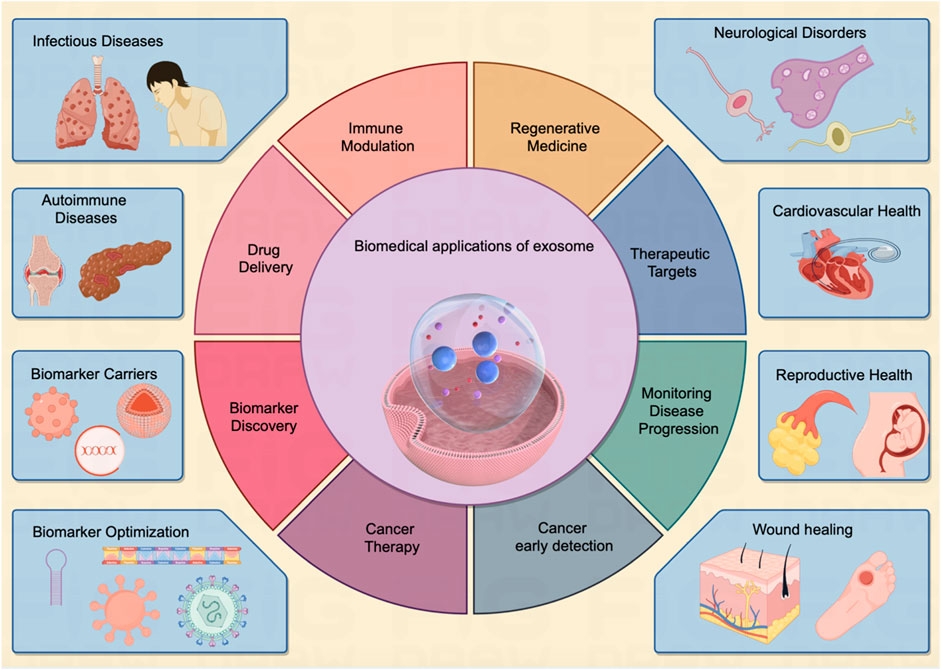
Report on Alcohol Use Disorder and Its Relation to Sustainable Development Goals (SDGs)
Introduction
Alcohol Use Disorder (AUD) presents significant challenges to public health and social well-being globally. This report highlights five surprising statistics related to AUD, emphasizing the importance of addressing this issue within the framework of the United Nations Sustainable Development Goals (SDGs).
Key Statistics on Alcohol Use Disorder
- Prevalence of AUD: A substantial portion of the global population suffers from alcohol use disorder, impacting health systems and communities worldwide.
- Health Impacts: AUD is linked to numerous health complications, including liver disease, mental health disorders, and increased risk of accidents and injuries.
- Economic Burden: The economic costs associated with AUD, including healthcare expenses and lost productivity, are significant and affect sustainable economic growth.
- Social Consequences: AUD contributes to social issues such as family disruption, violence, and decreased quality of life.
- Access to Treatment: There is a notable gap in access to effective treatment and support services for individuals with AUD, especially in low- and middle-income countries.
Alignment with Sustainable Development Goals
- SDG 3: Good Health and Well-being – Addressing AUD is critical to reducing premature mortality from non-communicable diseases and promoting mental health and well-being.
- SDG 1: No Poverty – Mitigating the economic impact of AUD can help reduce poverty by improving individuals’ capacity to work and support their families.
- SDG 8: Decent Work and Economic Growth – Reducing AUD-related productivity losses contributes to sustained economic growth and decent work conditions.
- SDG 10: Reduced Inequalities – Enhancing access to treatment services for vulnerable populations helps reduce health inequalities.
- SDG 16: Peace, Justice, and Strong Institutions – Tackling social issues linked to AUD, such as violence and family disruption, supports peaceful and inclusive societies.
Recommendations
- Implement comprehensive public health strategies to prevent and treat AUD.
- Increase funding and resources for accessible treatment programs, particularly in underserved regions.
- Promote awareness campaigns that align with SDG targets to reduce stigma and encourage early intervention.
- Integrate AUD prevention and treatment into broader health and social policies to maximize impact on sustainable development.
Conclusion
Addressing Alcohol Use Disorder is essential for achieving multiple Sustainable Development Goals. Coordinated efforts at local, national, and global levels are necessary to reduce the burden of AUD and promote healthier, more equitable societies.
1. Sustainable Development Goals (SDGs) Addressed or Connected
- SDG 3: Good Health and Well-being – The article focuses on alcohol use disorder, which is a significant public health issue affecting well-being.
2. Specific Targets Under Those SDGs
- Target 3.5: Strengthen the prevention and treatment of substance abuse, including narcotic drug abuse and harmful use of alcohol.
3. Indicators Mentioned or Implied
- Indicator 3.5.1: Coverage of treatment interventions (pharmacological, psychosocial and rehabilitation and aftercare services) for substance use disorders.
- Indicator 3.5.2: Alcohol consumption per capita (aged 15 years and older) within a calendar year.
4. Summary Table of SDGs, Targets, and Indicators
| SDGs | Targets | Indicators |
|---|---|---|
| SDG 3: Good Health and Well-being | Target 3.5: Strengthen prevention and treatment of substance abuse, including harmful use of alcohol |
|
Source: djournal.com







